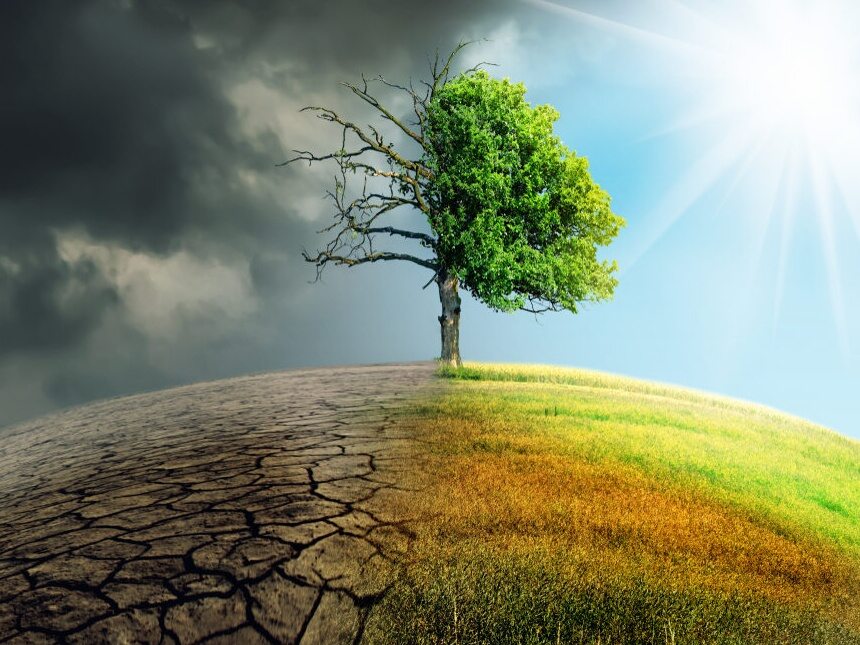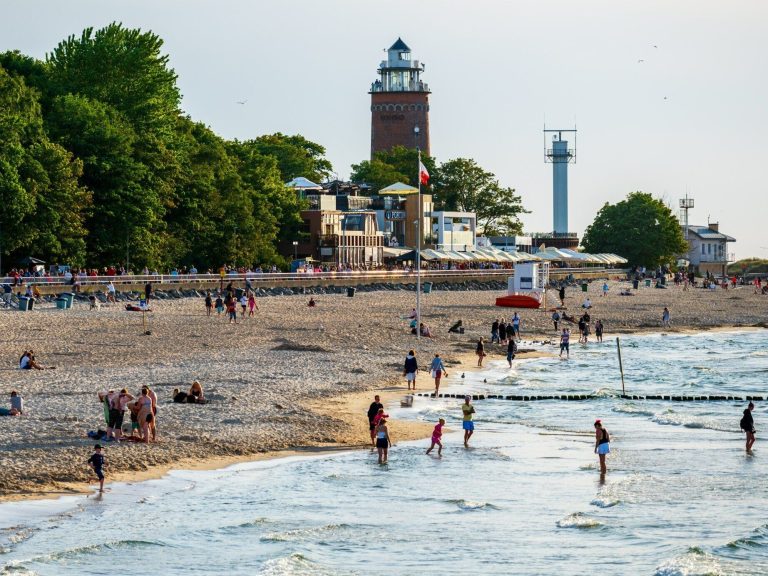Climate change in Poland. What awaits us?

Over 30 climatologists analyzed various aspects of climate change in Poland. According to the scenarios, we will have more and more days with oppressive heat, fewer days with very frost and slightly more precipitation. There will also be an extension of the growing season, they predict.
As part of the work on the extensive monograph “Climate Change in Poland”, over 30 Polish climatologists from several research centers conducted comprehensive research on several issues: how the climate in today’s Poland has changed over the last thousand years, how it has changed since regular instrumental measurements ( since the end of the 18th century), and what future climate change scenarios look like for our areas. Researchers looked at changes in air temperature and precipitation, but also time trends of other climate elements (such as sunshine, wind, snow cover), circulation and biometeorological indicators, weather types and atmospheric phenomena.
– Our ability to adapt to these climate changes will be extremely important – warns in an interview with PAP the main editor of the book, climatologist Prof. Małgorzata Falarz from the University of Silesia. In her opinion, it is worth knowing how to prepare for the adverse effects of climate change and how to prevent them, for example by using renewable energy sources or stopping deforestation. It is also worth bearing in mind what new opportunities climate change may bring in Poland.
Formerly and now
On the basis of subsequent studies of the width of tree rings and lake sediments, it was confirmed that in the Middle Ages, in today’s Poland, there was a warming period, called the Medieval Warm Period, when the temperature was comparable to today’s. Then came the Little Ice Age, which lasted until about 1850. The winter temperature during this period was about 2 degrees C lower than today.
Since the mid-twentieth century, and especially in the last three decades, climate change in Poland has been extremely rapid in relation to changes from earlier periods. This rapid pace of change is due to two factors: natural changes in atmospheric circulation and solar radiation, as well as changes caused by human activity. – concludes Prof. Malgorzata Falarz.
It reminds us of the greenhouse gases released by man into the atmosphere, which intensify the greenhouse effect. A slight increase in the frequency of low pressure systems over Poland may explain the increased dynamics of weather conditions. Since the 1980s, we have also observed a positive trend in the value of solar radiation.
He adds that climate change in Poland is proceeding more or less at a similar pace and in a similar direction as in other parts of Europe. “There are no significant differences here,” he points out.
The authors of the publication also analyzed two scenarios of future climate change – in the period up to 2050 and up to 2100.
Although there are various scenarios of global changes that may give slightly divergent results – they consistently show that the increase in air temperature in Poland says the researcher.
Changes since the 1950s
When it comes to changes recorded over the last 70 years, they include: Air advection from the western sector is slightly more common, especially in winter. We receive more warm, wetter air from the Atlantic this time of year, which means that winters tend to be milder and we see less snow.
Air temperature is characterized by a positive trend in all seasons, with the highest increase in value in spring. Changes in the average annual air temperature are about 0.2-0.3 degrees C per 10 years. The positive trend of maximum and minimum air temperature, especially in the last three decades, is also statistically significant.
Our research also confirms that there is a significant decrease in the thickness of the snow cover and its retention time in Poland – says prof. Falarz.
Less obvious conclusions – scientists noticed that since the 1980s in Poland – similarly to other European countries – there has been an increase in sunshine, which means that there are more sunny days and fewer cloudy ones. “This is a significant trend, and it is noticeable in all seasons, least in winter,” says the climatologist.
Climate and health
Researchers also analyzed bioclimatic indicators (Universal Thermal Climate Index, Physiological Subjective Temperature), which illustrate the impact of weather on human health and well-being. “And so, in the summer, the number of factors aggravating the human body increased: there are more days when it is too hot and muggy,” says the climatologist from the University of Silesia. This translates into the number of heat-related health incidents and deaths.
On the other hand, we note a negative trend in the number of days with feeling cold. Milder winters (but also warmer autumns) translate into lower cold-related mortality. “Other contemporary studies in Poland indicate a reduction in mortality in November related to the more frequent occurrence of temperatures above 10 degrees C in this month.”
More droughts and storms? Not necessarily
Prof. When asked whether we can expect more droughts in Poland and what the total rainfall will be, Falarz says: it depends. When it comes to data from the last 70 years, in a very simplified way, Poland can be divided into the southern part, where precipitation trends are rather negative, so the total precipitation is decreasing. And the northern part, where the trends are slightly positive (it rains a little more) or there are no significant changes. As for steppeification (in the context of drought), it is talked about especially in relation to Greater Poland.
Analyzes of data from the last 70 years do not necessarily show – summarizes the researcher – that there are more extreme phenomena in Poland: storms, tornadoes or hail. “A slight increase in the frequency of storms can be seen in south-eastern Poland. In the rest of Poland, these changes are insignificant,” he comments.
Climate and economy
When asked about how future changes may translate into the economy, prof. Falarz talks about possible changes, for example in electricity consumption. The change scenarios indicate that less energy will be used to heat buildings in winter. At the same time, more energy will be needed for air conditioning in the summer.
As for agriculture: the vegetation period of plants will be extended – by 15-30 days for a scenario assuming an increase in global temperature by about 2 degrees C. – This may be associated with higher yields, the possibility of a wider introduction of catch crops and the cultivation of new plant varieties. And it would give us some chances, but the matter is complicated because a lot depends on rainfall, he says.
The industry that may lose due to climate change – summarizes the researcher from the University of Silesia – is the tourism industry, where income depends on winter sports. Since there is less and less snow and frost in Poland and other European countries, it can be expected that optimal conditions for skiing or snowboarding will become less frequent. – Yet many people, especially in the mountains, make a living thanks to tourists coming there for winter holidays. The infrastructure for artificial snowmaking, although becoming more and more perfect, may not always be enough; it is still limited by thermal conditions – he comments.
These are just selected examples of how climate can affect the economy. – However, we must take into account that the losses related to global warming will be much higher than the benefits – sums up Prof. Falarz.






